26-YO IAS Topper Fights Child Marriage, Revamps Education In Rajasthan’s Bhilwara
Remember 2015 UPSC topper Athar Aamir Khan from Jammu and Kashmir? He is now brewing a silent revolution against child marriage and revamping govt schools in Bhilwara!
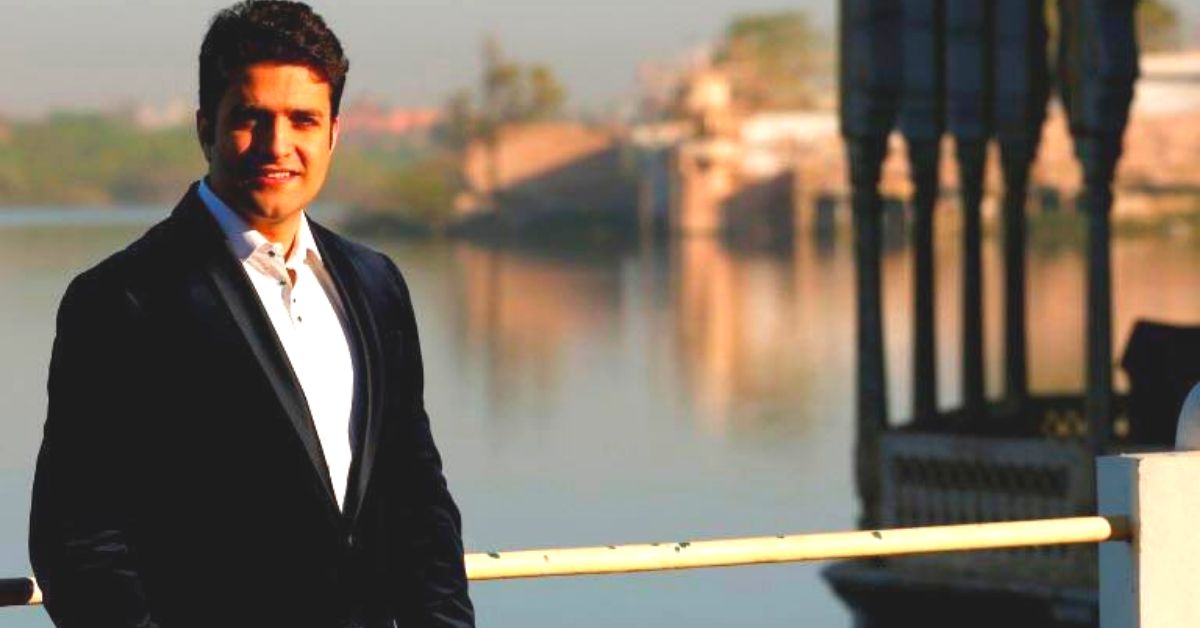
An oath-taking ceremony in the Badnor panchayat of Bhilwara district, Rajasthan, saw several children and their parents making a few solemn promises in front of their respective places of worship.
“I will not get married before my legal age.”
“I will not attend any child marriage.”
“If I ever receive any information about a child marriage, I will do my best to report and prevent it.”
The ceremony is part of a silent revolution spearheaded by 26-year-old IAS officer, Athar Aamir Khan.
Six months ago, Khan, a UPSC topper (2015 batch), was posted in the region as its sub-divisional magistrate (SDM). He soon learned that it was plagued with several challenges and difficulties.

In an exclusive interview with The Better India, he says:
From lack of cultivable land, water scarcity, high dependence on government programmes for livelihoods, caste-based divisions, high rate of school dropouts to migration, the region is both economically and socially backward.
However, he realised that the high prevalence of child marriage and consequently, the low literacy rate, were two biggest issues in the region.
An ex-IITian, Khan decided to utilise his position and experience to work towards abolishing them.
On Fighting Child Marriages
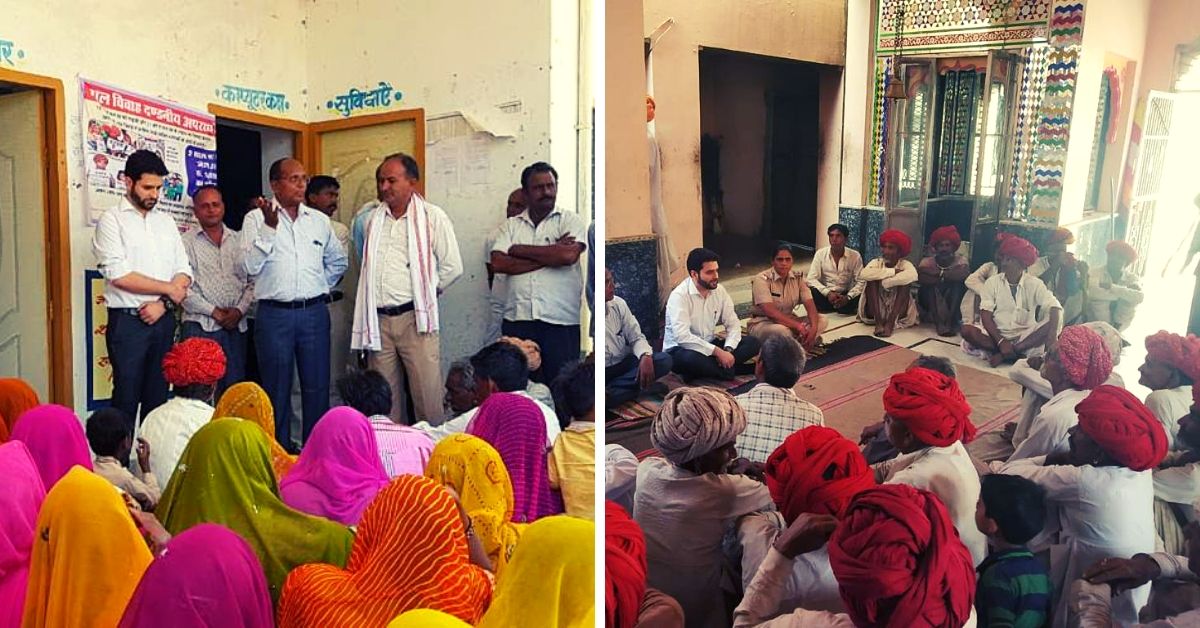
Khan’s first approach was to understand the reason why the parents were keen to ensure that their children got married, even before reaching the legal age.
“From fearing that kids would marry outside caste to saving money by marrying two siblings together there were several justifications that the parents listed,” he says.
The situation is so grave that there have been cases of suicides when children cannot take the pressure from their parents.
A two-fold method was adopted by Khan and his team—appointing informers to raise alarms and keeping the police in the loop to prevent such cases.
A special control room, which exclusively looks after the cases of child marriages, has been set up at the main office of the Bhilwara district administration. A flying squad, comprising SHOs, tehsildars, panchayat committee members and other government employees has also been formed and keeps a vigil.
Khan also launched a massive awareness campaign, where the local anganwadi staff, Self-Help Groups and Gram Vikas committees were imparted extensive training on preventing the harmful practice.
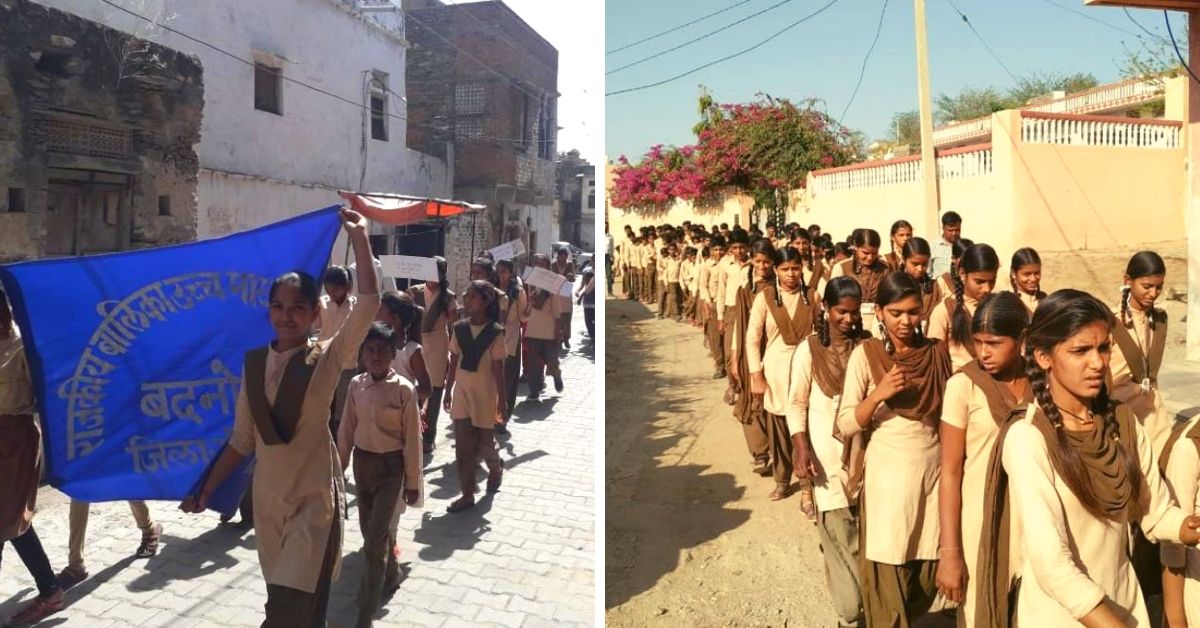
A handbook on child marriage that listed ways to tackle the issue was also given to them.
The trained staff, in turn, holds regular meetings for the villagers across 20 odd gram panchayats that come under Khan’s jurisdiction. They also accompany Khan when he visits construction sites, schools, social gatherings and community halls to spread the word.
Meanwhile, in schools, the teachers have been directed to make cells for minor girls who could be forced into marriage. The idea is to make reporting cases hassle-free.
A quiz which gives information about the Child Marriage Act and the repercussions of violating it is also distributed in all schools to educate kids about their rights.
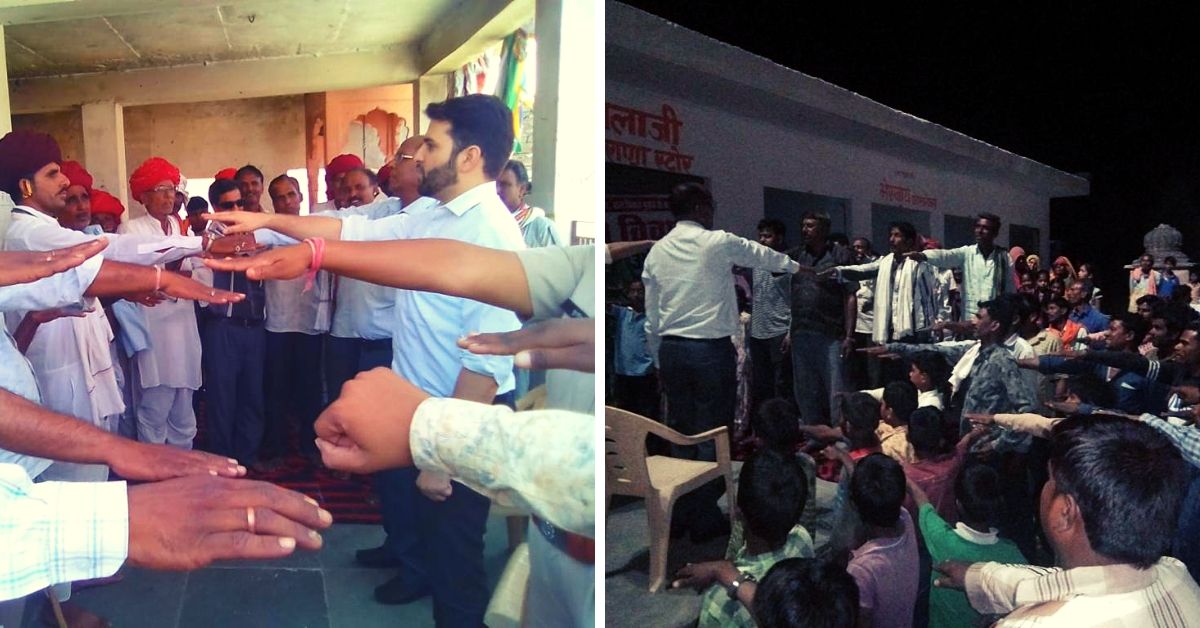
There have been instances when families have tried to fool the authorities. Narrating one such incidence, Khan says:
Sometimes, families keep a dummy to avoid facing any repercussions. They either replace the groom with an older man, as soon as we reach the place or they force the bride and groom to elope. We have to be alert and smart in such cases.
While a slow but steady change is witnessed in the region, there has been backlash as well.
We are fighting against something that is considered to be a part of the tradition. There face several pressures daily. Many families continue to follow this practice fearing a backlash within the community, says Khan.
Why Education Is The Key
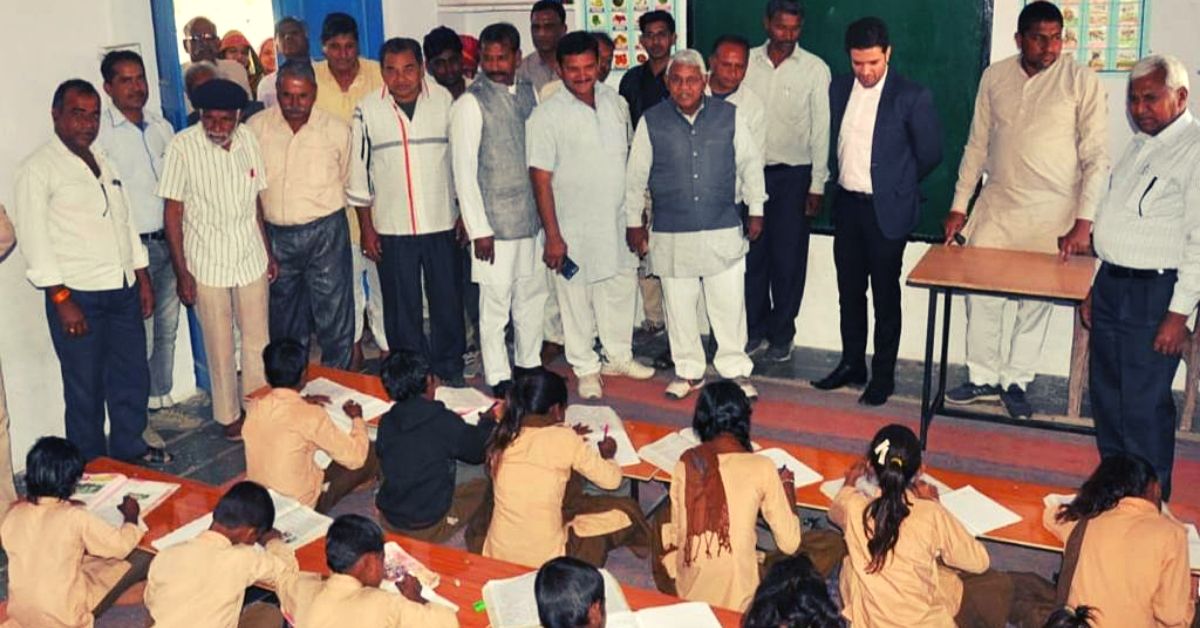
For Khan, education has always been of prime importance, and thus it was not a surprise when he visited local schools a few days after his joining.
Lack of bare minimum infrastructure was common across 78 odd schools that Khan visited.
It was very disheartening to see the children studying without benches and desks. Some of them did not even have books and pencils, says Khan.
Knowing that the budget for school infrastructure is minimal, almost as good as not being there, Khan resorted to other means to resolve the problem.
With help from the villagers and village heads, who donated money, Khan furnished two schools with desks. Some villagers even donated carpets. Next, he wrote letters to influential people in the region, inviting them to visit the model school.

“We took the village heads, teachers and others directly to the school to give them a first-hand experience. They were happy to see what we had done. After that, the donations poured in, either via cash or carpets,” he says. Khan also tapped his social media accounts and made a similar appeal online.
Within just six months, Khan covered 70 schools giving them carpets and desks. Close to 6,000 children now have proper study material. Seeing this, a few village heads have now adopted schools.
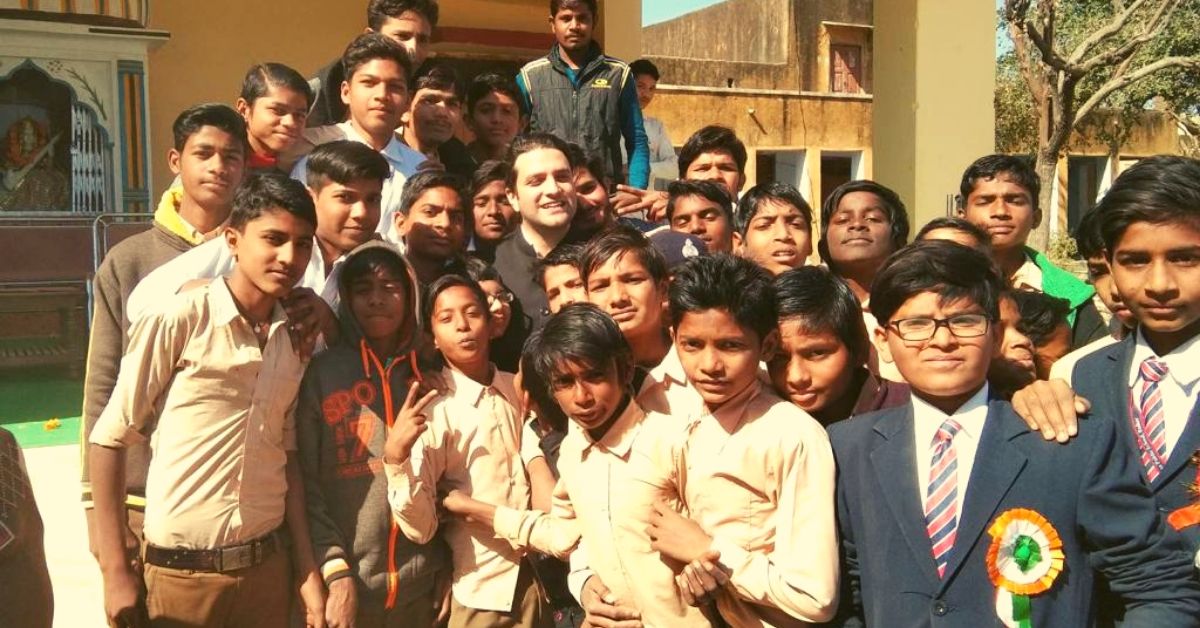
Khan is grateful for all the help that he has received.
“Contrary to my anticipation, this project was relatively easy to execute. Once people saw the change, they came forward and helped in whatever way they could. One person did not have money, so he donated his own carpet. That was very touching. As for the village heads, they made it easier for us to spread the message. Even the manufacturers charged very little for making the desks, and some even let go of their profits,” he says.
For children studying in secondary school, Khan has started a counselling cell.
Many children no idea about to pursue their dreams. The cell will guide them by giving them study materials to give an insight into every profession. A flow diagram explaining options in Arts, Science and Commerce is given to every school, adds Khan.
How Community Participation Can Bring A Difference
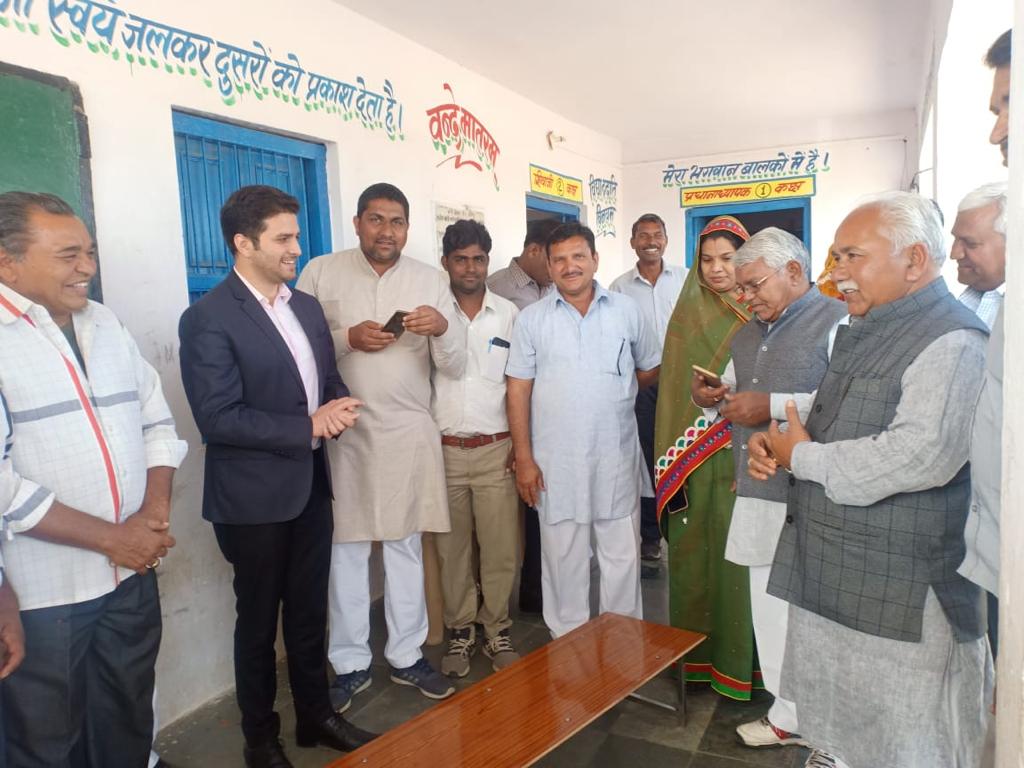
Khan believes that it was only because of community engagement that a change is visible in the region.
There is less opposition and resistance when people are on your side. Only a little push was needed to make them realise the effects of practices like child marriage and the importance of education. We still have a long way to go in bringing about a real change, but the fact that is has started is motivating enough for me to continue this movement, says Khan.
The villagers often thank Khan for his campaigns by inviting him to their homes, in weddings and other such social gatherings.
When I joined IAS, I had expected challenges, but what I had not expected so much of love and acceptance. There are several drawbacks but also things to be happy about. I really love this place and hope we accomplish all our projects.
Concluding on a positive note, Khan ended the interview and excused himself to prepare his strategies for curbing child marriages in the upcoming wedding season!
Problems and challenges exist in every part of our country, but it is not every day that you come across people who are dedicating their heart and soul to improve such gloomy situations.
We, at The Better India, salute Athar Aamir Khan for his courage, determination and efforts!
If you would like to make a contribution, you can write to Khan at [email protected].
(Edited by Gayatri Mishra)
Like this story? Or have something to share?
Write to us: [email protected]
Connect with us on Facebook and Twitter.

Similar Story

‘I Had Decided to Drop Out of IIT Entrance Exams, Until My Dad’s Words Changed My Life’
Ganesh Balakrishnan’s life took a turn when he faced health issues a month before his IIT-JEE exam. Despite feeling disheartened and at the verge of dropping out, his father’s advice helped him overturn his luck.
Read more >
If you found our stories insightful, informative, or even just enjoyable, we invite you to consider making a voluntary payment to support the work we do at The Better India. Your contribution helps us continue producing quality content that educates, inspires, and drives positive change.
Choose one of the payment options below for your contribution-
By paying for the stories you value, you directly contribute to sustaining our efforts focused on making a difference in the world. Together, let's ensure that impactful stories continue to be told and shared, enriching lives and communities alike.
Thank you for your support. Here are some frequently asked questions you might find helpful to know why you are contributing?


This story made me
-
97
-
121
-
89
-
167












